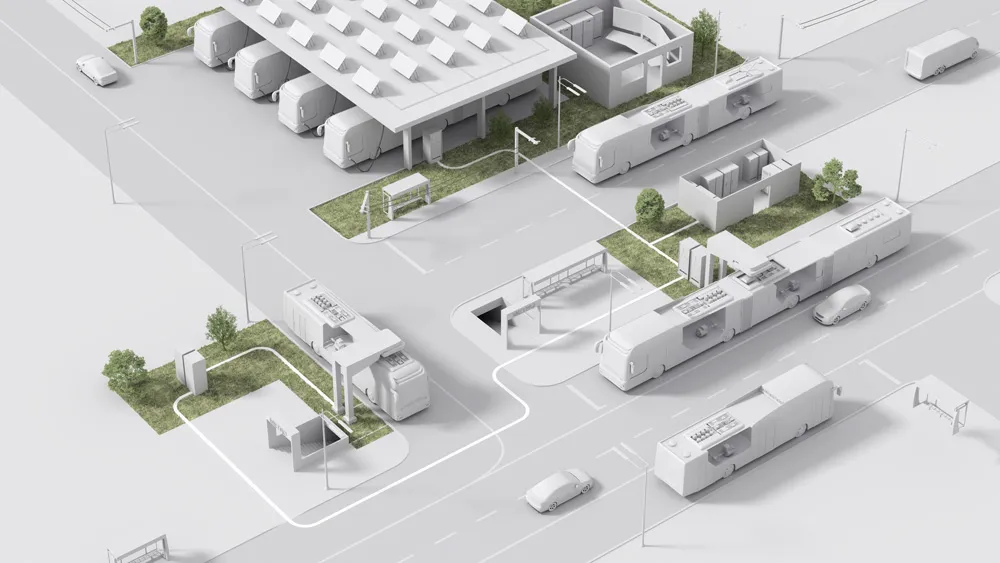In the light of the COP21 Paris Climate Conference, New York City Mayor Bill DeBlasio has announced a major initiative to reduce greenhouse gas emissions from the city’s large fleet of light duty and heavy duty vehicles. To meet its goals, the initiative relies heavily on new technology diesel engines and bio-based diesel fuels.
Following in the footsteps of San Francisco and Oakland, California, New York City is seeking to require the use of renewable diesel fuel. Earlier this year, San Francisco
December 10, 2015
Read time: 2 mins
In the light of the COP21 Paris Climate Conference, New York City Mayor Bill DeBlasio has announced a major initiative to reduce greenhouse gas emissions from the city’s large fleet of light duty and heavy duty vehicles. To meet its goals, the initiative relies heavily on new technology diesel engines and bio-based diesel fuels.
Following in the footsteps of San Francisco and Oakland, California, New York City is seeking to require the use of renewable diesel fuel. Earlier this year, San Francisco announced that all diesel vehicles in its fleet would be powered with 100 per cent renewable diesel fuel.
The New York City Clean Fleet Initiative announced last week is intended to reduce greenhouse gas emissions from the city’s fleet by 80 per cent by 2050 relative to 2005.
By 2017, New York City is planning to have 90 percent of its medium and heavy duty diesel fleet as model year 2007 or newer diesel vehicles that provide substantial air quality benefits. In addition, the City plans to adopt more heavy-duty vehicles that meet the first ever fuel economy requirements for commercial vehicles established by the US Environmental Protection Agency.
“New York City’s announcement along with those from San Francisco and Oakland in embracing new clean diesel technology as a key greenhouse gas reduction strategy sends a very strong statement about the confidence and performance of this technology, and the role in using advanced renewable biofuels,” said Allen Schaeffer, the executive director of the Diesel Technology Forum.
Following in the footsteps of San Francisco and Oakland, California, New York City is seeking to require the use of renewable diesel fuel. Earlier this year, San Francisco announced that all diesel vehicles in its fleet would be powered with 100 per cent renewable diesel fuel.
The New York City Clean Fleet Initiative announced last week is intended to reduce greenhouse gas emissions from the city’s fleet by 80 per cent by 2050 relative to 2005.
By 2017, New York City is planning to have 90 percent of its medium and heavy duty diesel fleet as model year 2007 or newer diesel vehicles that provide substantial air quality benefits. In addition, the City plans to adopt more heavy-duty vehicles that meet the first ever fuel economy requirements for commercial vehicles established by the US Environmental Protection Agency.
“New York City’s announcement along with those from San Francisco and Oakland in embracing new clean diesel technology as a key greenhouse gas reduction strategy sends a very strong statement about the confidence and performance of this technology, and the role in using advanced renewable biofuels,” said Allen Schaeffer, the executive director of the Diesel Technology Forum.









